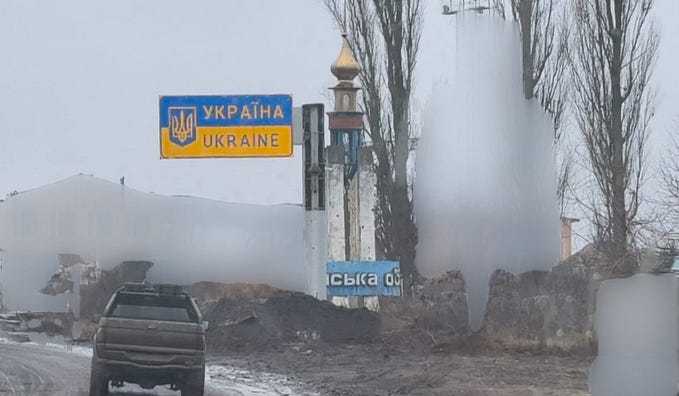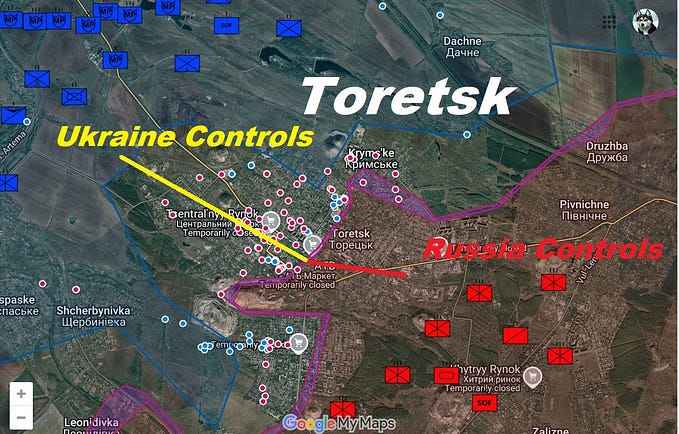Extra Luxury Wines in Antarctica top tier model
The study examines growing red grapes and berries in Antarctica for wine production using controlled-environment agriculture methods typically used for marijuana. It suggests using insulated growth chambers with LED lights, HVAC systems, precise irrigation, CO2 enrichment, automation, and renewable energy. The goal is to replicate famous wine regions like Montalcino while overcoming Antarctica’s challenges for innovative viticulture.

Growing red grapes and berries in Antarctica for wine production is a fascinating idea, and while the environment there is extremely harsh, modern agricultural techniques, particularly those used in controlled-environment agriculture, can potentially make this a reality.
Here’s how a model similar to marijuana growing kits with lamps could be adapted for this purpose:
1. Controlled Environment Agriculture (CEA)
- Growth Chambers or Tents: Just like marijuana grow tents, you’d need insulated and climate-controlled grow tents or chambers to protect plants from the extreme cold. These would need to be more robust than standard grow tents to handle the subzero temperatures of Antarctica.
- Insulation: Double or triple-layered insulated walls are essential to prevent heat loss. These could be reinforced with materials like aerogel or vacuum-insulated panels.
2. Lighting
- LED Grow Lights: LED grow lights, which are commonly used in marijuana cultivation, are ideal because they can be tailored to provide the specific spectrum of light that grapevines and berries require. LEDs are energy-efficient, which is crucial in a remote environment like Antarctica.
- Light Spectrum Adjustment: Different stages of plant growth require different light spectra. For grapes and berries, you might need to simulate the light conditions of a temperate climate, adjusting the spectrum to mimic the sun’s movement across the sky.
3. Temperature and Humidity Control
- Temperature Regulation: The ideal temperature for grapevines ranges from 18°C to 24°C (64°F to 75°F). You would need sophisticated HVAC systems to maintain these temperatures consistently within the growth chambers.
- Humidity Control: Grape cultivation also requires controlled humidity levels (around 50–60%). Dehumidifiers and humidifiers would need to be integrated into the system to maintain these levels.
4. Irrigation and Watering
- Drip Irrigation: A precise drip irrigation system, like those used in marijuana growing, would be essential for managing water usage. In Antarctica, where water is precious, recycling and filtering systems would be necessary.
- Nutrient Delivery: Hydroponic or aeroponic systems, where nutrients are delivered directly to the roots, could optimize growth and reduce the need for large volumes of soil.
5. Soil or Soilless Medium
- Hydroponics or Aeroponics: Just like in marijuana cultivation, using hydroponics (growing plants in a nutrient-rich water solution) or aeroponics (growing plants in an air or mist environment) can maximize efficiency and reduce the need for importing soil to Antarctica.
- Soil Substitutes: If you prefer a more traditional approach, using a specially formulated soil substitute that is light and nutrient-rich would be important.
6. CO2 Enrichment
- CO2 Generators: To enhance grapevine growth, CO2 levels can be increased in the grow chamber, as is sometimes done in marijuana cultivation. This can accelerate photosynthesis and improve yields.
7. Automation and Monitoring
- Sensors and Automation: A highly automated system with sensors to monitor light, temperature, humidity, CO2, and nutrient levels would be crucial. This is particularly important in an environment as remote and harsh as Antarctica, where manual intervention should be minimized.
- Remote Monitoring: The system would need to be connected to a remote monitoring platform to allow growers to manage conditions without being physically present.
8. Energy Supply
- Renewable Energy: Given the logistical challenges of supplying energy in Antarctica, renewable sources like wind or solar power could be used to power the growing operations, supplemented by backup generators.
9. Scale-Up for Expansive Wine Production
- Modular Growth Units: Start with small-scale, modular units that can be replicated and expanded as the operation proves successful. Each module could represent a different grape variety or berry species.
- Integration with Fermentation Facilities: Near the growing chambers, you would need insulated fermentation and storage facilities for wine production. The process of fermentation might also need temperature control, which can be integrated with the existing systems.
10. Montalcino Model
- Quality Control: Like the prestigious wines from Montalcino, achieving high-quality wine would require strict quality control at every stage, from grape growth to fermentation. The unique Antarctic terroir could even become a marketing point, similar to the unique terroir of Montalcino.
- Cultivar Selection: Carefully selecting grape and berry varieties that can thrive in controlled environments will be critical. Some varieties are more suited to these conditions than others.
By using these advanced agricultural techniques, it’s theoretically possible to cultivate grapes and berries in Antarctica, enabling the production of wine in one of the most inhospitable environments on Earth. The key would be integrating the best practices from controlled-environment agriculture and applying them to the unique challenges posed by the Antarctic climate.








